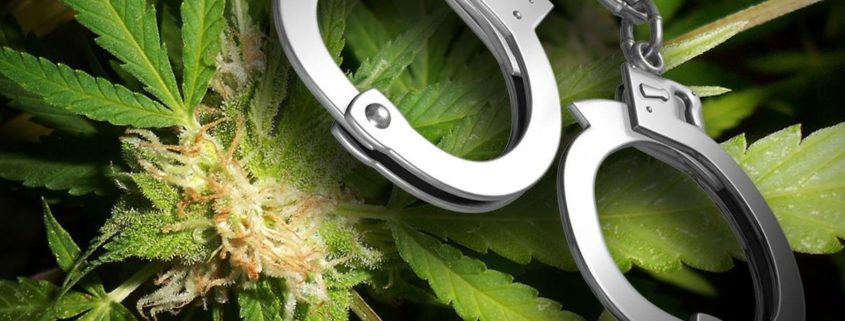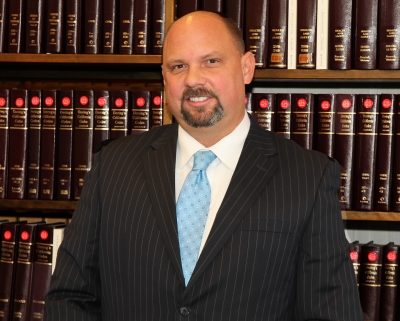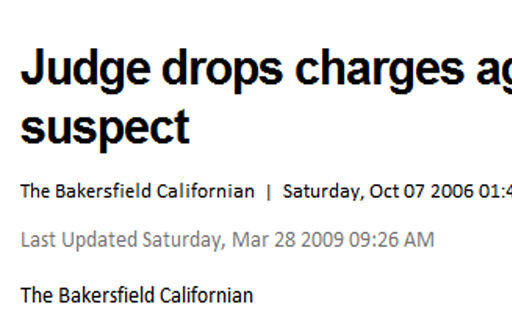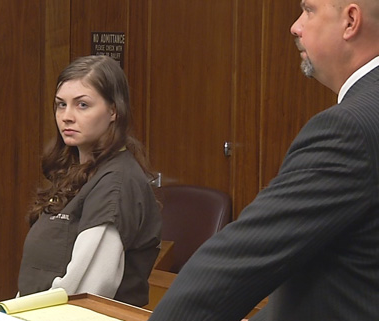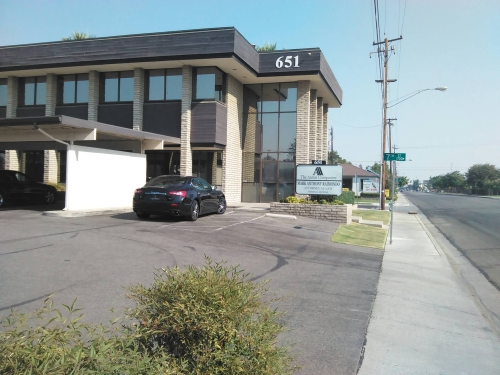The California prison system could be undergoing a significant change.
A federal mandate to lower prison population has led to bills like AB 109 (realignment) and Prop 47 (making some felonies into misdemeanors). Proposition 57, which is on the November ballot, is a two-part proposal designed to affect non-violent criminals as well as juveniles.
Through 23ABC’s interviews with public safety officials, the juvenile angle was not met with much opposition, so it will be discussed first.
If Prop 57 were to pass, judges would be given the power to determine if a juvenile can be tried as an adult. Currently, the county’s district attorney makes that decision.
Kern County District Attorney Lisa Green says she would give that power over to judges.
“If that were the only piece of Prop 57, I don’t believe you would see law enforcement lining up, district attorneys lining up against the proposition,” Green said.
“I actually have no issue with that. Judges are certainly capable of making those decisions of juveniles.”
As Green said, it isn’t the only part of Prop 57 up for a vote. The second focus of the proposition deals with non-violent criminals.
If Prop 57 were to pass, criminals that are serving time in prison for non-violent offenses would be eligible for parole after they serve their primary sentence entirely.
To give this context, here is an example: A person receives a three year sentence for burglary but he/she also was charged with enhancements (participation in a street gang, possession of a controlled substance, etc.) which raise the total sentence to seven years.
If Prop 57 were to pass, the person could be eligible for parole after serving the three years for burglary if they participate in programs and behave while incarcerated.
The person could apply to have their case heard by a parole board, and, by looking at the person’s prison file, they can determine if the person can be released to community supervision.
Mark Bonini, the president of the Chief Probation Officers of California, played a role in the formation of the bill and explains why passing Prop 57 would be best for California.
“The odds are that somebody that’s been exposed to that type of programming while in custody is going to be a much better product and a much better person on the street to supervise, thereby reducing recidivism, which reduces victims, which reduces crime.”
But Green disagrees that Prop 57’s goal to get non-violent criminals rehabilitated through incentives is the answer to lowering prison numbers.
“There are no nonviolent offenders in state prison in my opinion,” Green said.
“They’ve all been released. This bill will not deal with violent offenders. It deals with criminals who have repeatedly offended.”
Kern County Sheriff Donny Youngblood agrees.
“To get into prison, you must be an overachiever… and you have not complied with our laws over and over and over again.”
That over and over again is known as recidivism, something Bonini thinks could lower if incentives are given to inmates to participate in prison rehabilitation programs.
“What incentive is there to engage in any programming?” Bonini said.
“They’re going to earn the same amount of credits that the guy next to them does and they are eventually going to get out because they’ve been given that out date.”
With the passage of Prop 57, the hope is that inmates will want to enter the programs, and in turn, receive help from them.
“We want to say please behave, good things happen if you behave well,” Kern County Public Defender Konrad Moore said.
Mark Anthony Raimondo, a defense attorney, believes the use of prison programs will benefit not just the individual, but society as a whole.
“That guy in prison that stays in prison for the full 10 years with no training and no skills and no motivation, is just a burden to society when they get out,” Raimondo said.
The belief is these non-violent criminals, when rehabilitated, will not be a burden.
But the major point of contention between advocates and those who disapprove of Prop 57 is what constitutes as a violent crime.
In the California Penal Code manual, Section 667.5, 23 crimes are listed as violent. You can find that list by clicking here.
Green says those 23 listed do not come close to ensuring every violent crime is covered.
“That leaves 100s upon 100s of crimes that anyone would think is a violent crime, membership in a criminal street gang, assault with a deadly weapon, assault with a firearm, domestic violence, corporal injury on a child, elder abuse, the list goes on and on,” Green said.
“Literally, hundreds of crimes. Some of them pertain to terrorist acts, but they are defined in such a way by the penal code, they are considered nonviolent felonies.”
But Moore says that is not true
“Absolutely not, the list of violent crimes pretty much measures up to what most people think,” Moore said.
“Use a gun? That’s violent. Assault with a deadly weapon? That’s violent. Rape, murder, robbery, all those, violent. Child molest, all those are violent. What we are talking about is where nobody gets hurt.”
Regardless of whether Prop 57 passes on November 8th or not, because of California’s high prison population, inmates that never thought they would get out could get out soon.
“95 percent, I think the number is of all offenders that are in custody, in CDCR (California Department of Corrections and Rehabilitation), are going to get out,” Bonini said.
“There’s not very many that stay, [that] have a life sentence and stay there.”
Bonini added that the passing of Prop 57 wouldn’t create a Pandora’s Box of prisoners getting out of prison all at once.
“I think it’s going to take some time. The thing here is this isn’t a situation where prop 57 passes and all of a sudden everyone comes out and is on parole,” Bonini said.
“It’s not going to be that case, or comes out to community supervision. There is still going to be a process in place.”
https://www.turnto23.com/news/local-news/focus-of-prisons-is-to-rehabilitate-inmates-so-when-they-do-get-out-they-are-not-burden-to-society


